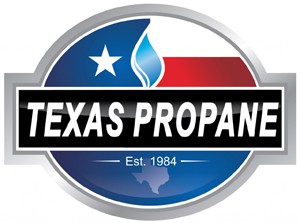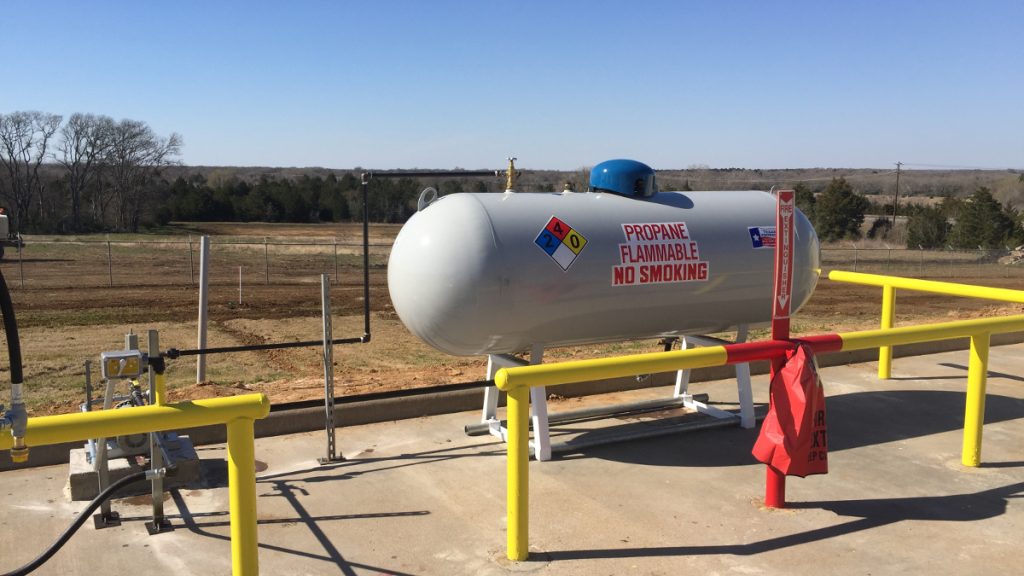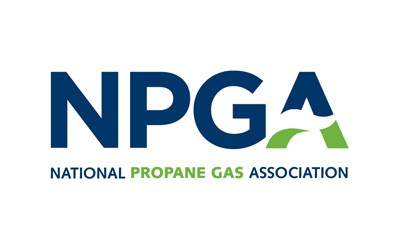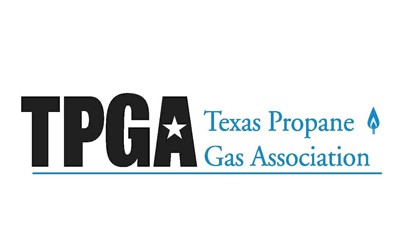Propane Tank Size and Vaporization
Propane Vaporization
Vaporization must occur for a propane appliance to work. Also, the amount of vaporization rate must be ample enough to deliver the necessary amount of propane. A small propane tank such as cylinder does not have the vaporization capacity to fuel a residential propane furnace. The furnace requires much more propane than a cylinder can deliver. The propane in the cylinder cannot vaporize fast enough to satisfy the demand of the furnace.
For example, a railroad steam locomotive requires liquid (water) that is heated to a boiling point. This produces the steam (water vapor) powering the locomotive along the tracks. However, if the locomotive boiler is too small, it will not be able to produce enough steam to power the train. The capacity of the boiler must be able to hold enough water to adequately power the steam locomotive. In addition, the amount of heat application to the boiler must cover enough surface area (of the boiler) to produce the necessary amount of steam to power the locomotive. Therefore, vaporization rate must be adequate to properly power a steam locomotive. The vaporization rate is dependent upon container size and heated service area.
Container Size
The tank (boiler) needs to have a large enough capacity to internally produce the necessary amount of steam (vapor) that will meet the requirements for steam power demands of the locomotive.
Heated Surface Area
The heat from the fire must produce enough heat to generate steam. Therefore, the container must have enough of its surface heated to cause the water to boil. Also, a lighter cannot heat enough surface area of a water kettle to cause the water inside to boil.
Installation of Propane Vaporizer
Propane tanks work similarly to locomotive boilers in regard to vaporization. If your tank is not large enough to supply enough vapor, the appliances won’t operate properly.
Propane boils at such a low temperature. Therefore, the outside air temperature is the source of heat necessary to bring propane to its boiling point. If the vaporization requirements in your application exceeds the vaporization capacity of the tank(s), installing a propane vaporizer will meet the demands of the LP Gas equipment.
These are just the basics of propane tank size and vaporization. For more information, or to schedule your propane tank installation, contact us here at Texas Propane with the link below!







